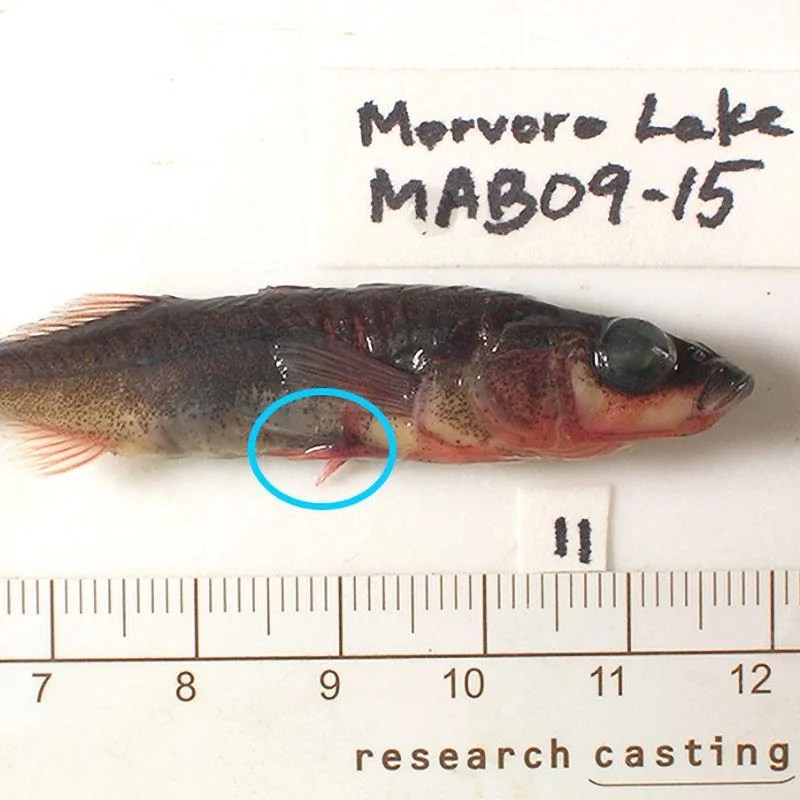Modeling the regulatory switches of the Pitx1 gene offers a captivating glimpse into the intricate mechanisms that govern gene expression during embryonic development. This gene, essential for proper organogenesis, is subject to precise control through a network of regulatory switches, providing a unique opportunity to explore the molecular basis of developmental disorders and potential therapeutic interventions.
By investigating the interplay between transcription factors, signaling pathways, and regulatory elements, researchers aim to decipher the intricate code that governs Pitx1 gene expression. This knowledge holds immense promise for advancing our understanding of developmental biology and unlocking novel therapeutic avenues.
1. Introduction

The Pitx1 gene plays a critical role in developmental biology, particularly in the formation of the anterior pituitary, eye, and tooth. Its expression is tightly regulated by a complex network of regulatory switches, which control the timing and level of gene activity.
Regulatory switches are DNA sequences that can either activate or repress gene expression. They are typically bound by transcription factors, which are proteins that can recognize specific DNA sequences and recruit other proteins to initiate transcription.
2. Methods for Modeling Regulatory Switches

Several experimental techniques can be used to study regulatory switches in the Pitx1 gene.
Chromatin Immunoprecipitation (ChIP) Assays
ChIP assays are used to identify the proteins that bind to specific DNA sequences. In a ChIP assay, chromatin is cross-linked to DNA-binding proteins and then sheared into small fragments. Antibodies specific to the protein of interest are used to immunoprecipitate the cross-linked chromatin fragments.
The DNA fragments that are bound by the protein of interest are then purified and sequenced.
Luciferase Reporter Assays
Luciferase reporter assays are used to measure the activity of regulatory switches. In a luciferase reporter assay, a luciferase gene is placed under the control of a regulatory switch. When the regulatory switch is active, the luciferase gene is expressed, and luciferase activity can be measured.
3. Factors Regulating Regulatory Switches

The activity of regulatory switches in the Pitx1 gene is controlled by a variety of factors, including transcription factors and signaling pathways.
Transcription Factors
Transcription factors are proteins that can recognize specific DNA sequences and recruit other proteins to initiate transcription. Several transcription factors have been shown to regulate the activity of regulatory switches in the Pitx1 gene, including Pitx1 itself, Pax6, and Foxg1.
Signaling Pathways, Modeling the regulatory switches of the pitx1 gene
Signaling pathways are networks of proteins that transmit signals from the cell surface to the nucleus. Several signaling pathways have been shown to regulate the activity of regulatory switches in the Pitx1 gene, including the Wnt/β-catenin pathway and the FGF pathway.
4. Computational Modeling of Regulatory Switches

Computational models can be used to predict and analyze the behavior of regulatory switches in the Pitx1 gene.
Boolean Networks
Boolean networks are mathematical models that represent the interactions between genes and proteins. Boolean networks can be used to simulate the activity of regulatory switches and to predict how they will respond to different inputs.
Differential Equations
Differential equations are mathematical equations that describe the rate of change of a system over time. Differential equations can be used to model the activity of regulatory switches and to predict how they will respond to different inputs.
5. Applications of Modeling Regulatory Switches: Modeling The Regulatory Switches Of The Pitx1 Gene
Modeling regulatory switches in the Pitx1 gene has a variety of potential applications.
Understanding Developmental Disorders
Mutations in the Pitx1 gene have been linked to several developmental disorders, including pituitary hormone deficiency, eye malformations, and tooth agenesis. Modeling regulatory switches in the Pitx1 gene can help to identify the molecular mechanisms underlying these disorders and to develop new therapies.
Designing Targeted Therapies
Modeling regulatory switches in the Pitx1 gene can help to design targeted therapies for developmental disorders. By understanding how regulatory switches control the expression of the Pitx1 gene, it may be possible to develop drugs that can modulate the activity of these switches and correct the developmental defects.
Essential FAQs
What is the significance of the Pitx1 gene in developmental biology?
The Pitx1 gene plays a crucial role in the development of various organs and tissues, including the pituitary gland, eyes, teeth, and limbs. Mutations in this gene can lead to a range of developmental disorders, highlighting its importance in embryonic development.
How do regulatory switches control Pitx1 gene expression?
Regulatory switches are specific DNA sequences that control the activity of genes. In the case of the Pitx1 gene, these switches are bound by transcription factors and other regulatory proteins, which either promote or repress gene expression.
What are some common methods used to study regulatory switches in the Pitx1 gene?
Researchers employ a variety of experimental techniques to study regulatory switches in the Pitx1 gene, including chromatin immunoprecipitation (ChIP) assays, luciferase reporter assays, and DNA footprinting.